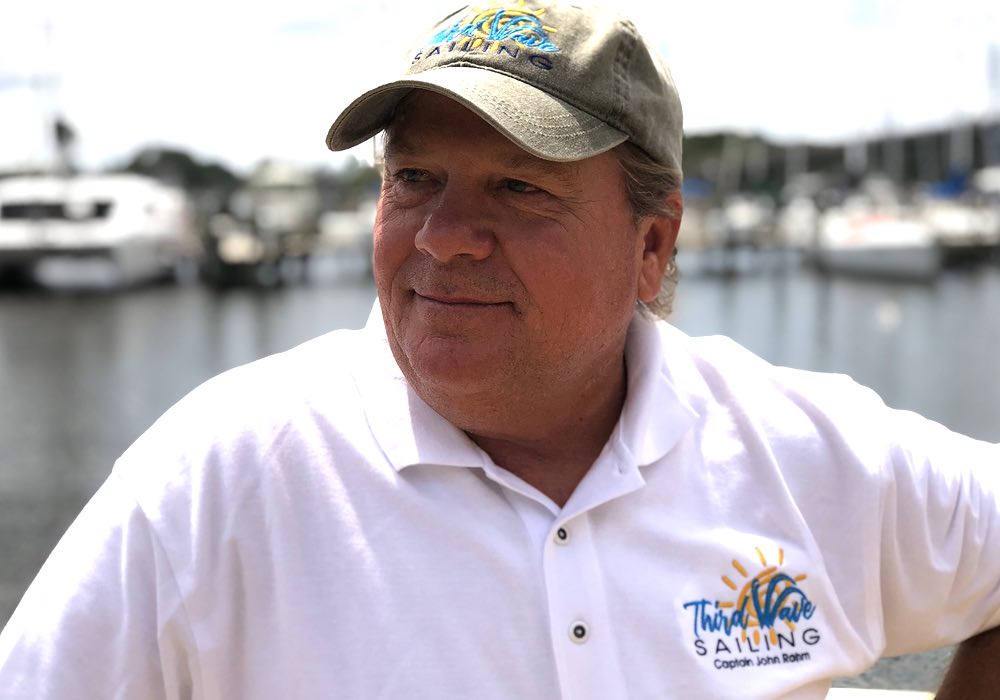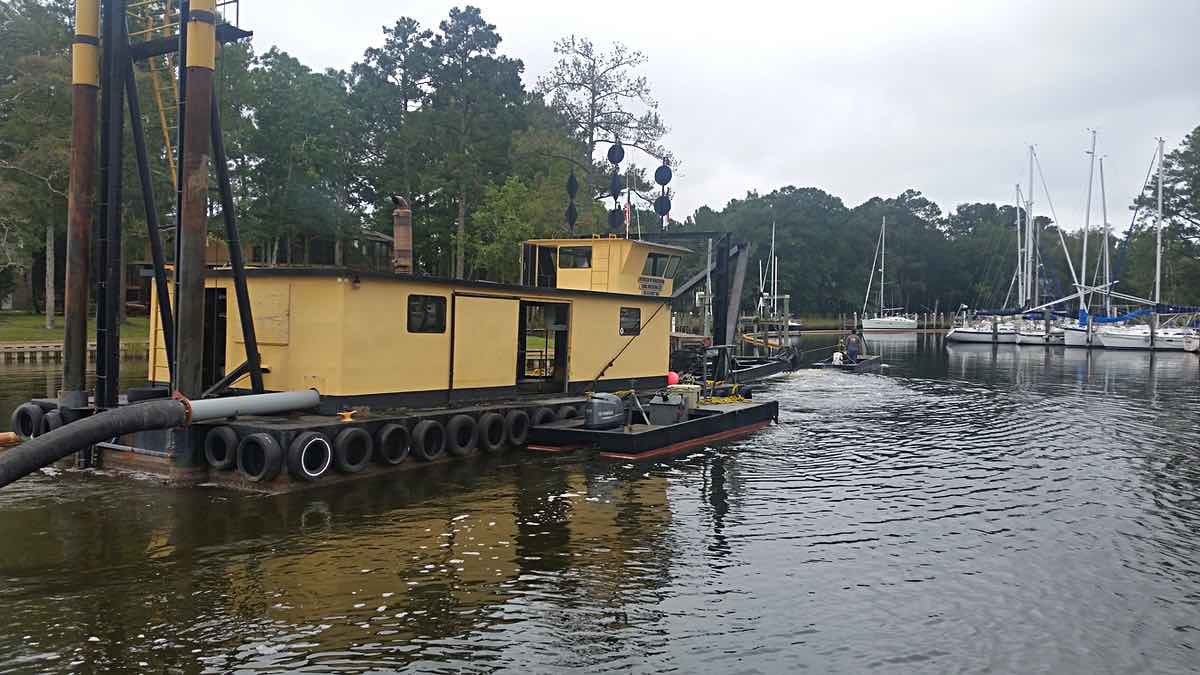It's Tuesday November 4, 2025

May 2021
Apologies, I did not submit an article for April. However, in my defense, I did conduct two webinars jointly hosted by the three sailing clubs here in Oriental – the Oriental Dinghy Club, the Sailing Club of Oriental, and the Neuse Sailing Association (consider joining one of these clubs). One of my webinars was navigation rules.I am always concerned that boaters have a loose sense of the navigation rules. Considering the wave of first time boat owners on the local waters, I am even more concerned. My starting point in any navigation rules conversation is, “Don’t be yourself. Be someone nicer.”
Yes. That is my golden rule of right-of-way. Golden rule aside, the navigation rules are published by the Coast Guard in the Navigation Rules and Regulations Handbook. If your vessel is longer than 12 meters/39.4 feet, you are required by federal law to have this handbook aboard. Got one?
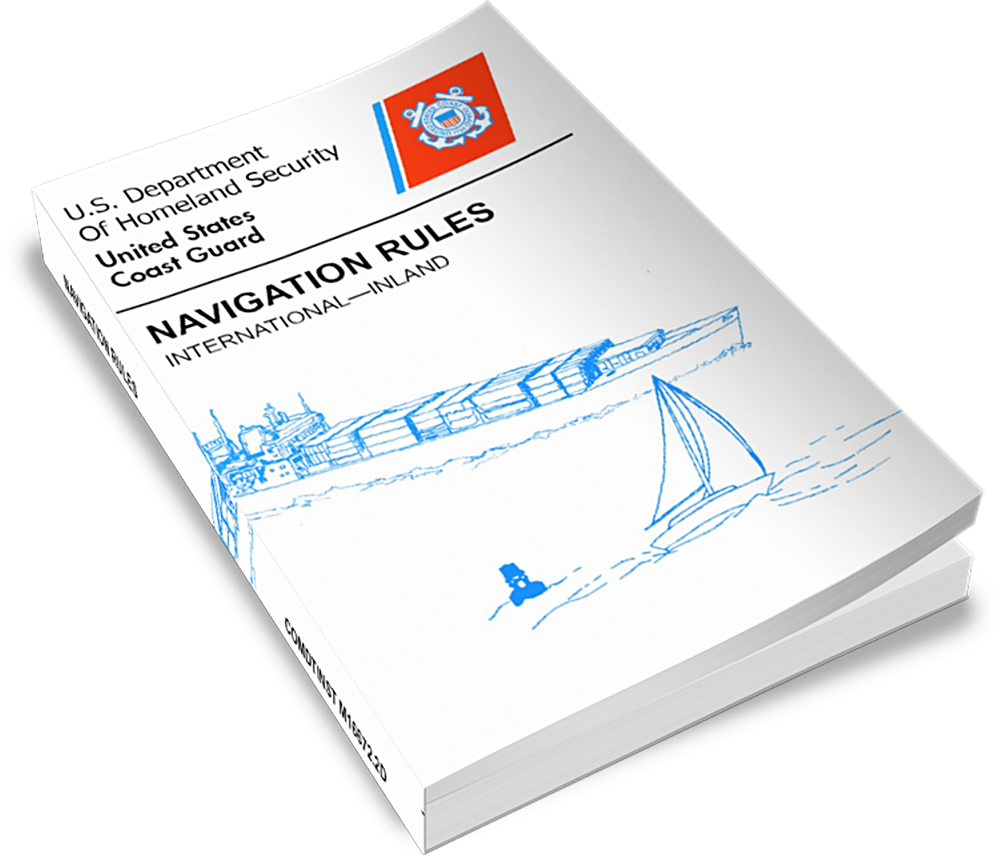
This handbook is the Bible/Torah/Qur’an of nav rules. Prior to 1972, nav rules were a mess. Europe was different than the United States. The Great Lakes were different than the east or west coasts. The Mississippi River had its own rules. Nothing was standardized.
Then in 1972 the International Maritime Organization held a conference and standardized the nav rules. In 1977, the United States enacted these rules. This standardization was a huge step forward. Granted, there is plenty of room for improvement. But, the rules are way better than before. So, if you are operating a boat, violating or not knowing these rules constitutes negligence and is a quick way to a lawsuit that your insurance will not cover.
The rules are not difficult. The rules are ordered, based on status; what the vessel is doing, not type. The acronym to remember the hierarchy goes: New Reels Catch Fish So Purchase Some. Or, Nav Rules Compensate For Some Poor Seamanship. Translated: N, R, C, F, S, P and S.
The “Mac-Daddy” of status is an “N” or a vessel Not under command. The vessel is underway and not making way, unable to keep out of the way of others. Most often this is a power vessel with an engine failure. All vessels give way to a vessel not under command. Conversely, a vessel not under command is always the stand on vessel.
Second on the hierarchy is “R”, Restricted in ability to maneuver (by nature of the vessel’s work). For example a dredge or a cable layer is not getting out of your way. A US Navy aircraft carrier called us one night to let us know they were launching and recovering aircraft thereby restricted in their ability to maneuver (good story but too long for here).
Third is “C” or a vessel Constrained by draft – a ship whose draft restricts its ability to maneuver freely. Heads up; constrained by draft is an international rule only and applies only when operating outside the magenta COLREGS line on the chart.
The inland rule for constrained by draft is rule number nine. Rule nine is required reading (page 18). It establishes the hierarchy for right-of-way in an inland narrow channel. Condensed, the rule nine hierarchy is: vessels greater than 20 meters, less than 20 meters and sailing vessels, fishing vessels and crossing vessels. One of my favorite discussions is whether the Oriental channel is a rule number nine narrow channel. Moving on…
A power vessel sits atop a sailing vessel. This incident happened in the Chesapeake in 2018. (Maryland Natural Resources Police photo)Vessels Fishing are next. But, the vessel must have nets or trawls in the water in order to have this status. No nets or trawls means the fishing vessel is categorized as a power boat. Some sport fishers run lines out and believe they have right-of-way status as a fishing vessel (see picture above). Not.
So, be mindful when sailing offshore near these monsters. Also, some commercial fishermen think they always have status as fishing vessels. So, be mindful around the commercial fishing vessels.
Think about it. Granny and Jed Clampett, shrimping with a trawl in the water, near the Oriental Bridge in their twelve foot Carolina skiff, have status over a sailboat. But maybe not, if you believe rule nine applies. It is an interesting discussion that might require adult beverages. There might not be one truth. (Don’t be yourself…)
Sailing vessels are next in the hierarchy. Remember, when the engine is started and the transmission is engaged (auxiliary power being used), a sailing vessel magically turns into a power vessel for purposes of right-of-way.
Power vessels are next.
Last are Seaplanes and wing-in-ground effect aircraft. Nobody knew what to do with these. So, they got stuck last in line.
Now a quick word about sailing vessels. A sailing vessel on a port tack shall give way to a sailing vessel on the starboard tack. And, when on the same tack, the windward sailing vessel gives way. If you cannot get this sorted out, it is probably a passing situation and the vessel overtaking gives way.
Overtaking is a separate nav rule. The vessel overtaking is always the give way vessel. A sailing vessel passing a power vessel still gives way. The acronym is “POWs have less rights”: Port, Overtaking and Windward. Make sense?
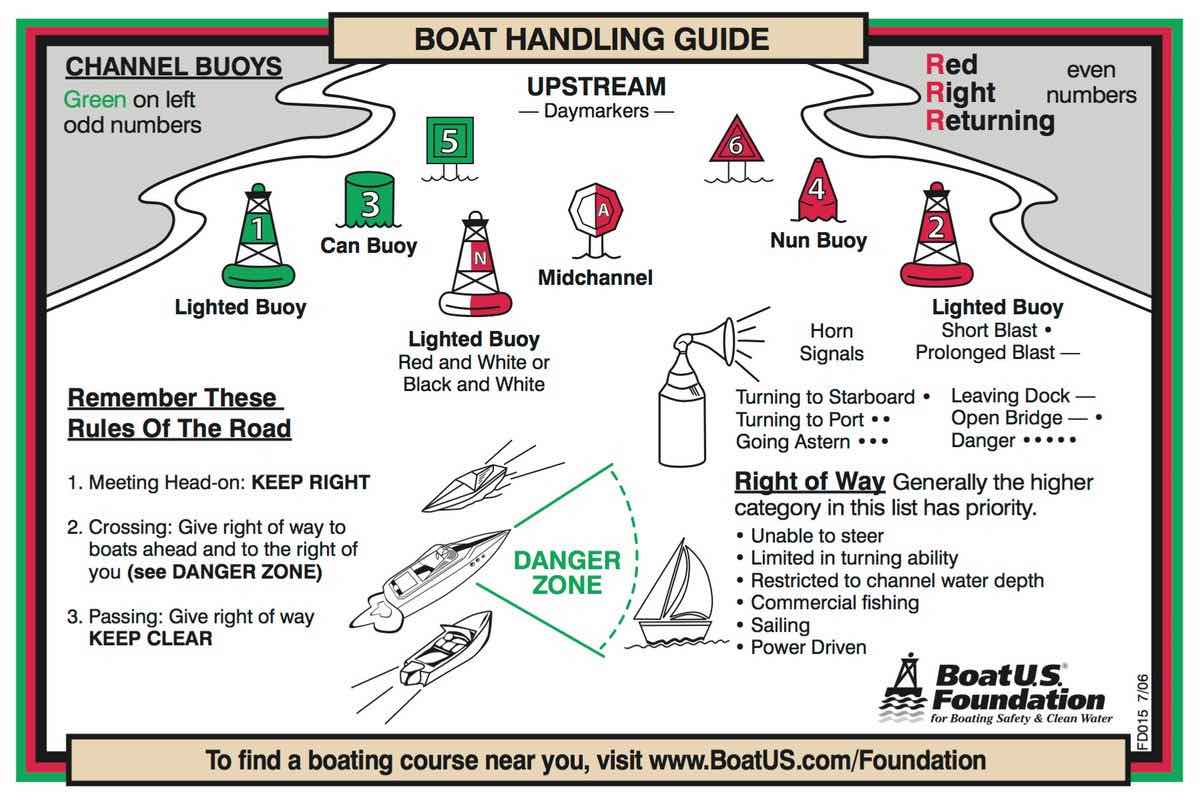
I have used the phrase right-of-way too much. I dislike the phrase because it falls short. If a vessel has the right-of-way it is obligated to stand on its course and speed. Only one vessel turns to avoid the collision. So, in right-of-way situations, vessels are either the stand on vessels or the give way vessel. Stand on and give way are the proper words. Who is the stand on? Who is the give way? Get it sorted early. Do not wait until you’re in close.
Also, stand on vessels are not allowed to collide with give way vessels. If collision is imminent, the stand on vessel must maneuver to avoid the collision. Rule 17.
Noteworthy, all vessels have 360 degree lighting packages that identifies their status at night. Here are some of my favorite jingles to identify those lighting packages:
• Fishing: “Red over white, fishing tonight.”
• Trawling: “Green over white, nets in sight.”
• Pilot: “White over red, Pilot ahead.”
• Sailing (any size): “Red over green sailing machine”
• Not under command: “Red over red, Captain might be dead”
• Restricted in ability to maneuver: “Red white red over a working man’s head”A word about day shapes. Day shapes are intended to be lights for the daytime. They indicate vessel status during daylight hours.
This dredge is in Pierce Creek. Sea Harbour Marina is in the background.
A dredge barge in Pierce Creek. (John Rahm Photo)Note the day shapes on the pilothouse top of this dredge. The ball, diamond, ball indicates its restricted-in-ability-to-maneuver status. Pass on the side of the dredge with the diamonds. (Diamonds are a girl’s best friend.) If you own a boat and could not sort the day shapes, your knowledge is deficient. When in doubt, most dredges will answer up on VHF channel 13. Give them a call.
In summary, the nav rules are not difficult. Not being aware is irresponsible. So, brush up on the rules and have a safe summer.
Always try to be someone nicer.
Fair Winds,
Captain John Rahm
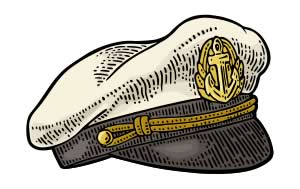 Captain's Blog on TownDock.net is all about making your time on the water enjoyable. Captain John Rahm teaches sailing and boat handling at Third Wave Sailing. Captain's Blog on TownDock.net is all about making your time on the water enjoyable. Captain John Rahm teaches sailing and boat handling at Third Wave Sailing. |
